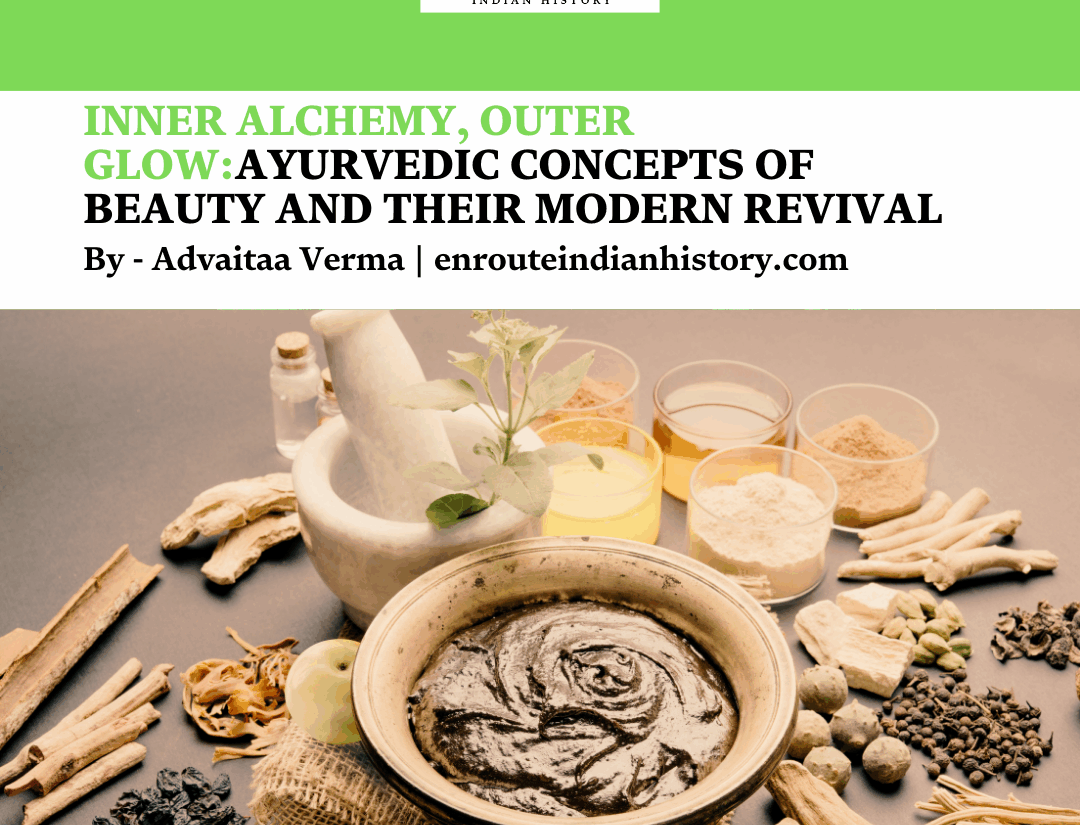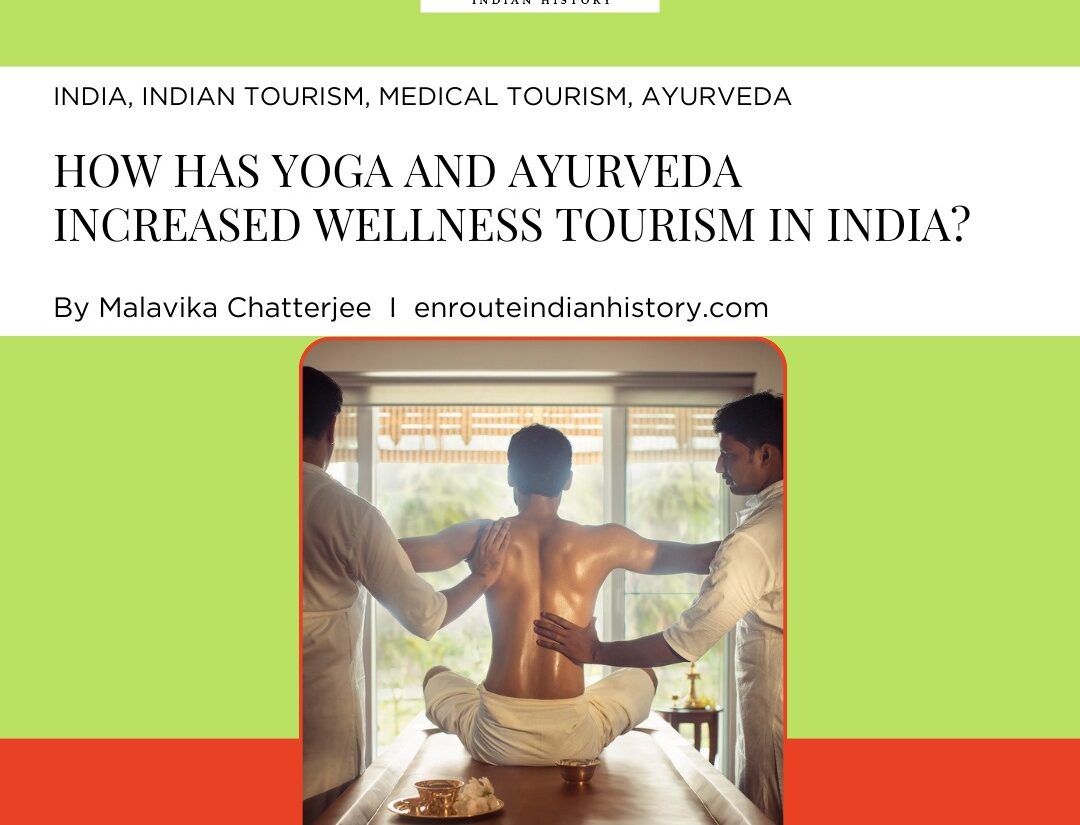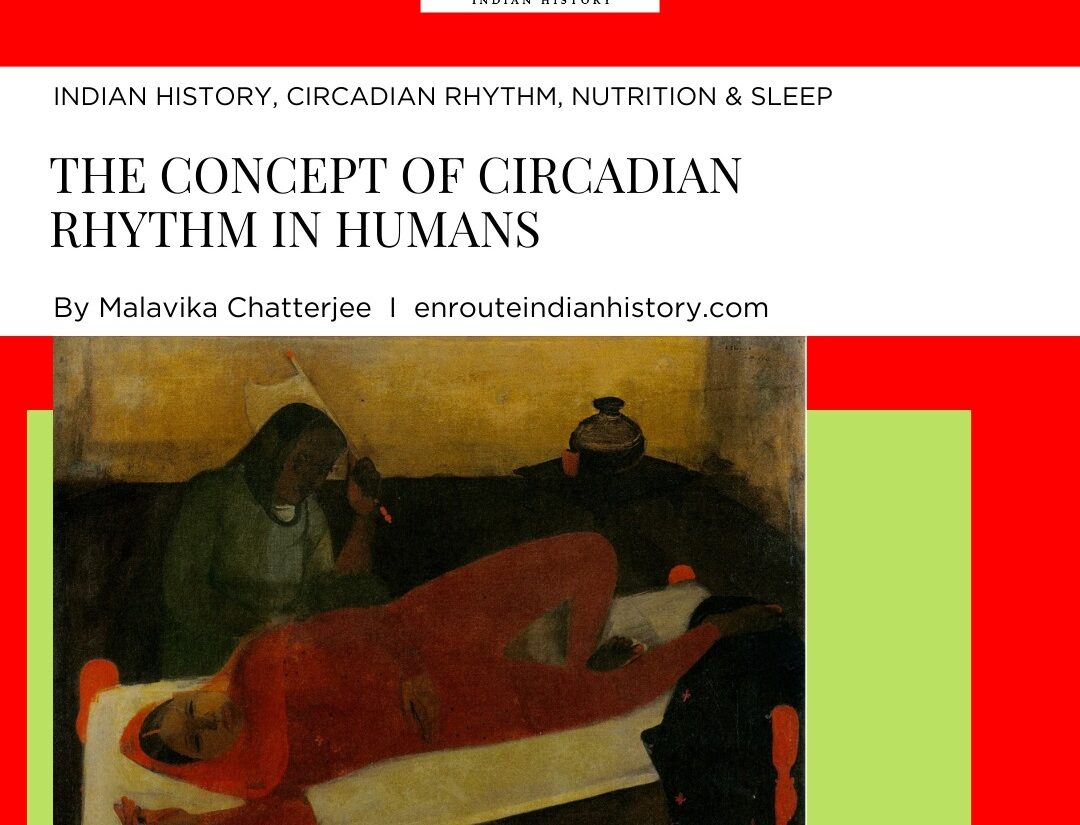Beauty and aesthetics, especially in today’s world- or ayurveda or herbal cosmetics, perhaps as much as 3000 years old- has been a driving fundamental human desire and its quest has deep psychological roots in human beings and is as indispensable to them as any other quest for ethics and goodness.
In ancient Indian literature, the appearance of a good-looking man is described as including a broad forehead, muscular solid body, broad chest, and a face shining like the sun. The appearance of a good-looking woman, on the other hand, is described by comparing with the beautiful creations of God: eyes like a deer’s and the blue ocean, lips with petals of rose, walking style like that of a deer, fair skin color with the color of camphor.
The ancient science of cosmetology is considered to have its genesis in Egypt and India, but the earliest records of cosmetic products and their application date back to c. 2500 and 1550 BCE, to the Indus Valley civilization. There is evidence of highly advanced ideas of self beautification and a large array of various Indian cosmetics used both by men and women, in ancient India. Many of these practices were subtly interwoven with the season (rutus) and the normal rituals of life (dinacharya). Significantly, the use of Indian cosmetics was directed not only towards developing an outwardly pleasant and attractive persona but towards achieving merit (punya), longevity with good health (aayush and aarogyam), and happiness (anandam).
In this context, the earliest reference of a beautician is from the Hindu epic Mahabharata, where Draupadi worked for the queen of Virata (The northern district of India) and called herself ‘sairandhri’ (a female attendant in the women’s sections of the palace). There is a also reference to her carrying a ‘prasadhana petika’ (A vanity case containing substances to beautify, toiletries, and accessories to decorate).

Women of ancient india using ayurvedic-herbal cosmetic formulations
WHAT HERBAL INGREDIENTS WERE USED?
Several lepas (masks or applications) were suggested for different seasons for body beautification. The ingredients used during the cold seasons were quite different from those used in the warm seasons. In fact, Ashtanga Hridaya (a 1500-year-old book of Ayurveda) offers six different formulations to be used for the six seasons of the year.
Indian herbal products are formulated using different herbal active ingredients, which are further incorporated into the cosmetic base to nourish and cure various skin ailments.
Patkar and Bole in their book, ‘Herbal Cosmetic in Ancient India with a Treatise on Planta Cosmetica’, use several Sanskrit words to describe varied Indian herbal cosmetics and processes- like ‘adhara prasadhanam’ refers to the cosmetics for lips, that include preparations to beautify lips and salves to stop cracking, peeling, chaffing, etc; ‘Charmakila-Nashanam’ for a cure for moles; ‘Daruna-Nivaranam’, cure for dandruff; ‘Mukha-Avalepanani’, face salves (applied repeatedly, in order to have clear, flawless, soft, beautiful facial skin) or ‘Palith-Nivaranam’, cure for premature greying, wrinkles, etc.
There is a corpus of ancient Indian literature that mentions the formulations of varied Indian herbal cosmetics. To state a few of them regarding facial cosmetics-
Ashtanga-Hridaya describes 6 types of plasters that should be applied on the face in “hemanta” and the other 5 seasons of the year respectively. They are – (i) Kola seeds, Vrishan root, Shabara and Gaura-Sarshapa (ii) Sinhi root, Krishna-Til, Dam bark, and Yava whose husk has been removed. (iii) Darbha root, Hima, Ushira, Shirisha, Mishi and Tandula (iv) Kumuda, Utpala, Kalhara, Doorva, Madhuka and Chandana (v) Kaleyaka, TiL, Ushira, Mansi, Tagara and Padmaka – and (vi). Talisa, Gundra, Pundrahva, Yashti, Nata and Aguru.
Ratirahasya (15:100) writes, “If equal quantities of ripe Vata leaves, Kanchanapami, Madhuka, Priyangii, Padma, Sahadevi, Harichandana, Lakslia (Lac), Vahlika, and Lodhra are mixed with water and made into a paste and applied to the faces of amorous women, their lotus-like faces become as resplendent as the autumnal moon”.
Another text, Haramekhala 1(4) writes, “Lepa made up of Kumkuma, Kaleyaka, Chhavi, Padma, Mrunala, Malaya, Patanga, Rochana, (gall-stone of an ox) Badara seeds, Shyama, Ahi, Kushtha dehusked Masura, two types of Nisha, Madhuka, and Lodhra in water when applied to the face, it will belittle the moon.”

Women applying ‘lepas’ for body formulations
Followed by the literature on the cosmetics for the hair formulations-
“A plaster composed of Kasisam (sulphate of iron) and tender leaves of Naktamala pasted with the expressed juice of Kappittha would lead to the appearance of the hair in that region” highlights Sushruta-Samhita (Ch. St. Chap. 1).
“If the hair is enveloped with the mixture of Antra seeds and Amalaka at the time of washing, the hair will stop falling, become strongly rooted, thick, glossy and long”, writes Haramekhala. (1(4): 10 p. 45.)
 Hair cosmetic formulation
Hair cosmetic formulation
“Krishna-gomutra (black cow’s urine) in which has been pounded Jati flowers, leaves and roots if applied for seven nights strengthens the hair”, mentions Kamaratnam. (5: 110, p. 103).
PRESENT DAY HERBAL COSMETIC BRANDS
Forest Essentials, Kama Ayurveda, Biotique, Himalaya Herbals, Just Herbs, Khadi Naturals, SoulTree, Lotus Herbals, Aroma Magic, and Patanjali are some of the most renowned brands that supply Indian herbal products at present. They mostly talk about how they are applying age-old Ayurvedic measures and today’s scientific research to produce environment-friendly and herbal cosmetics products.
For instance, Kama Ayurveda mentions in their brochure that they are “Revitalizing a 5,000-year-old wisdom based on plants, flowers and natural resources.” Biotique, too, claims that their products are based on authentic Ayurveda recipes, taken from the Vedas, passed down from generation to generation. Though there are certain reviews over how these brands have several chemicals and use toxic elements, the overall hype around the herbal products, being in trend in recent years, has caused more marketing and sales of these brands. The idea of Ayurveda is being revitalized especially with an increase in climate change and an insistence upon vegan products, thus the usage of plant-based products has been in trend.
- March 27, 2024
- 11 Min Read
- December 14, 2023
- 9 Min Read
- September 18, 2023
- 7 Min Read
- September 18, 2023
- 7 Min Read




















